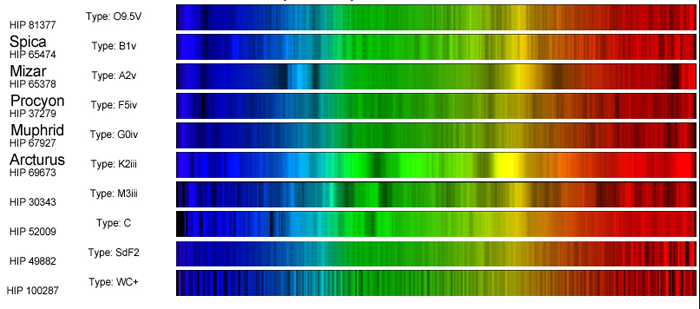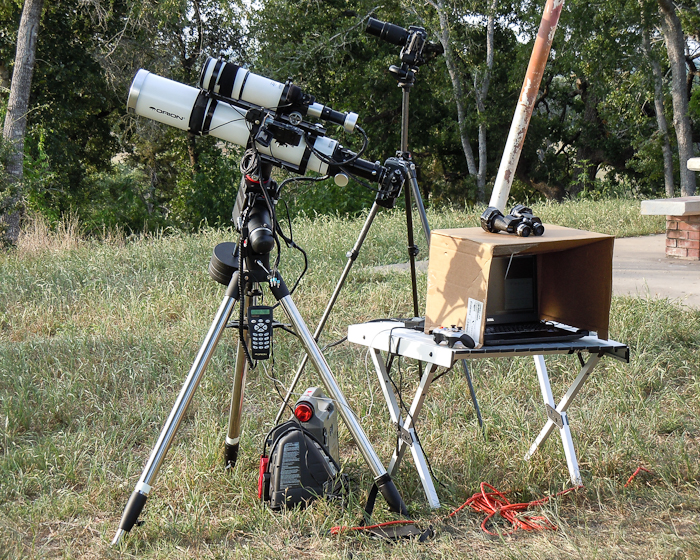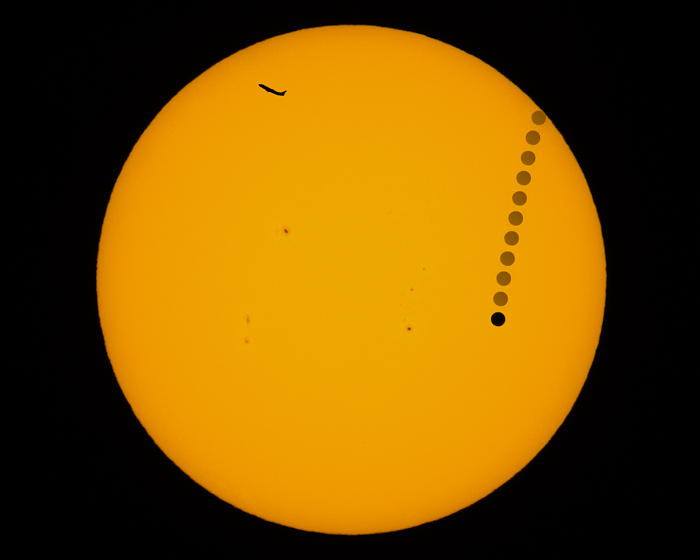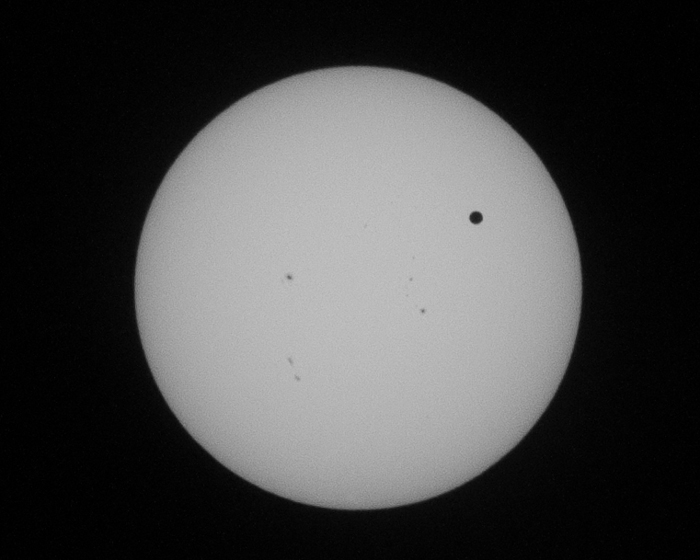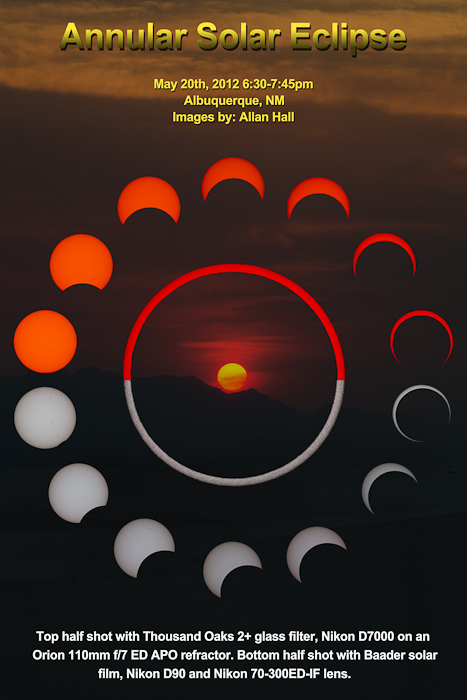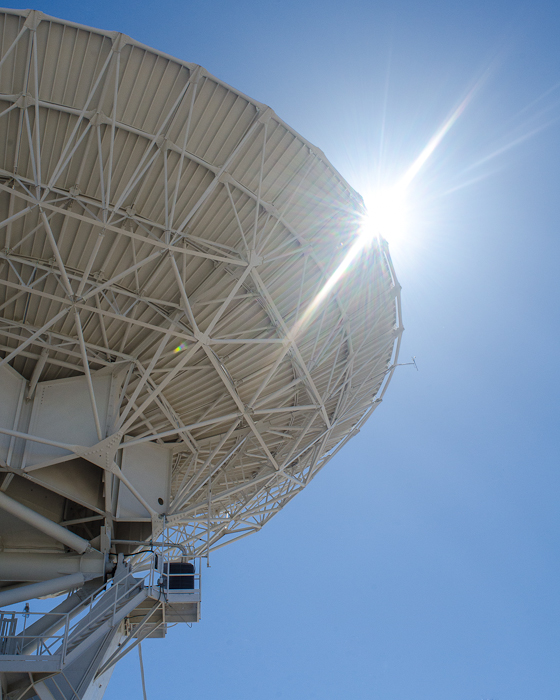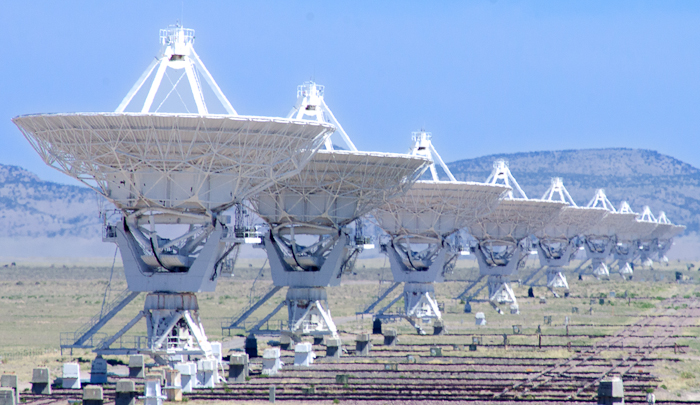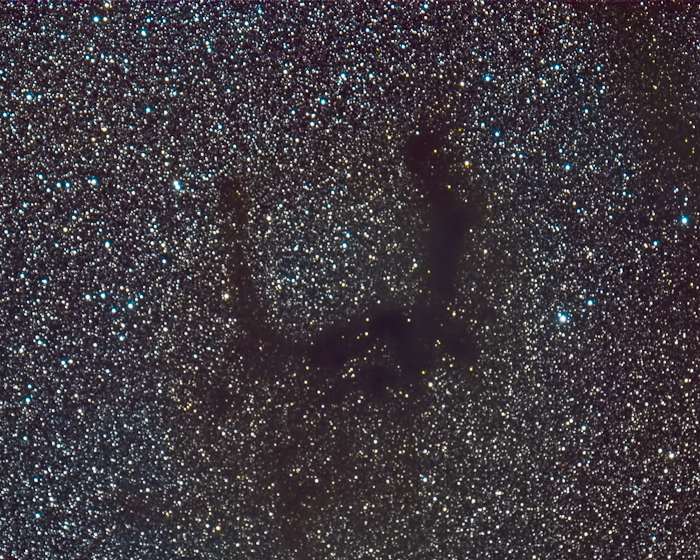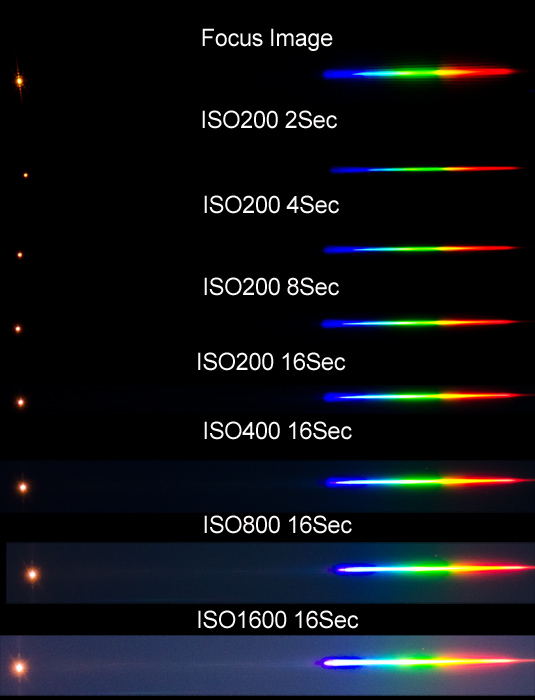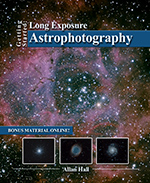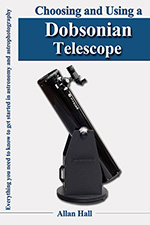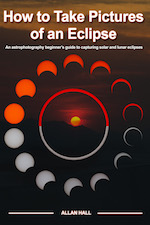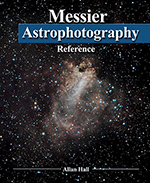Stars are classified into spectral classes, of which there are seven basic classes and several more esoteric ones. The seven basics are O, B, A, F, G, K and M and they are shown here along with a few others:
The other classes show are C for Carbon stars (very old stars that are burning out), S (late type giants) and W which are the most interesting of them all, Wolf-Rayet which are massive stars with howling solar winds. If I do absolutely nothing else with spectroscopy it has been a huge success in teaching me more about stars and the wild variety of them out in the universe.
Share this post!





